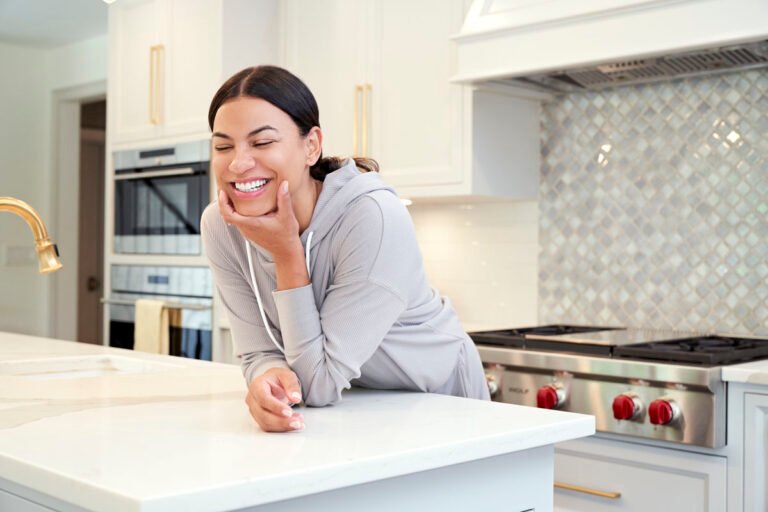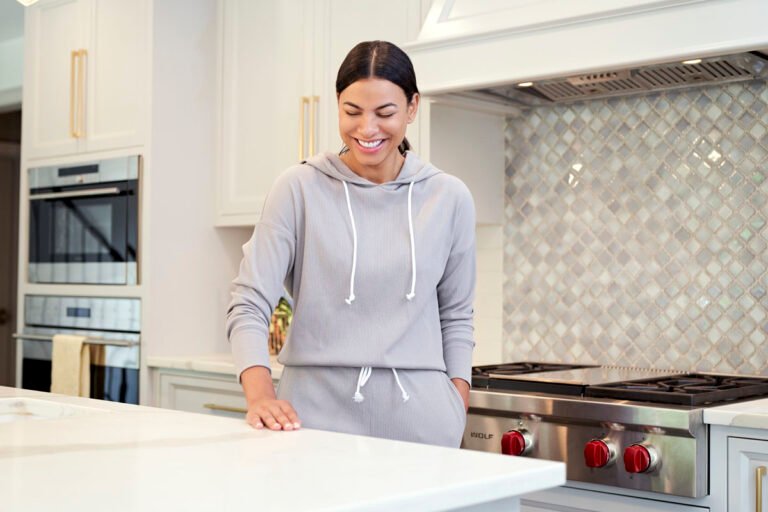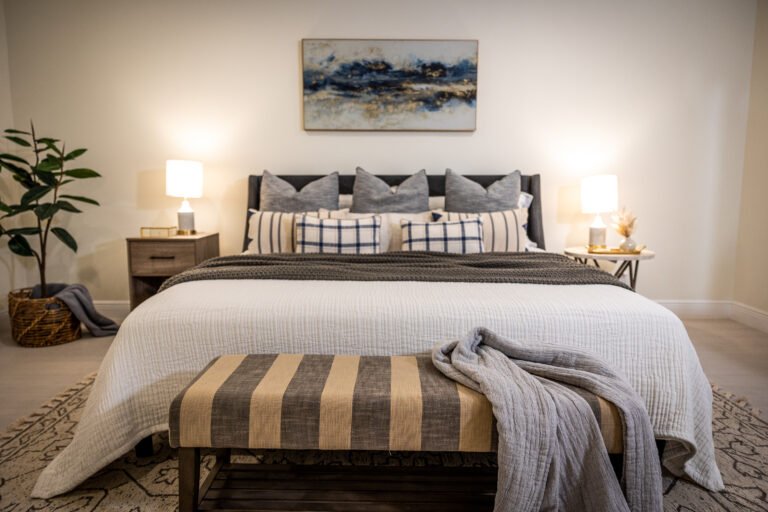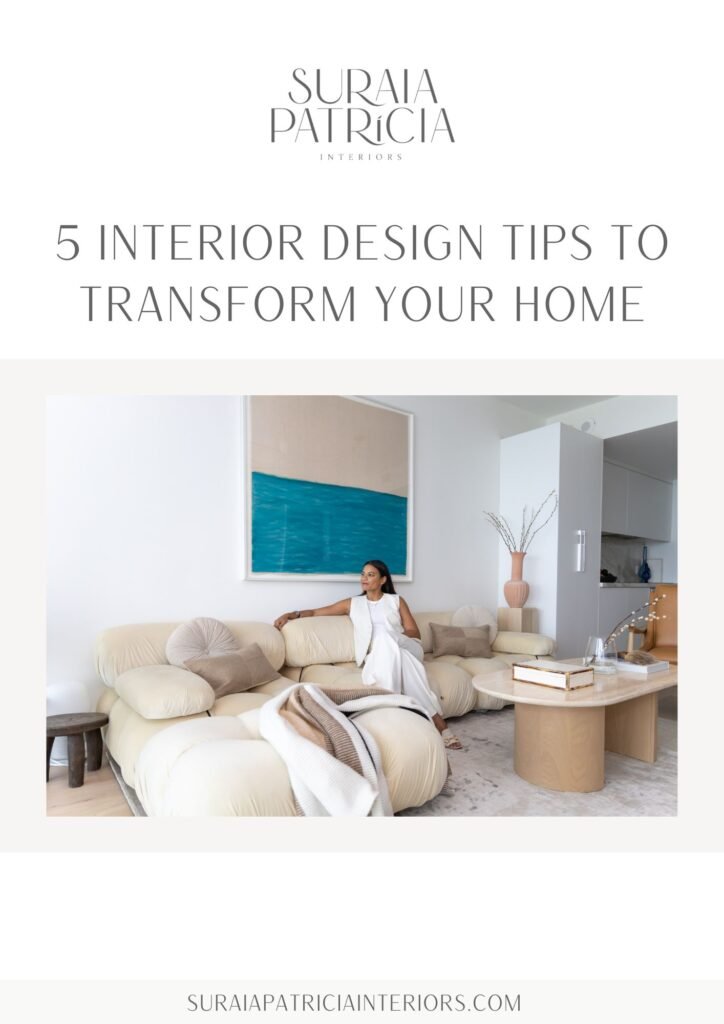A Comprehensive Guide to Home Interior Design
Welcome to your comprehensive guide to home interior design. Whether you are looking to create a new design from scratch or just give an existing space a facelift, this guide provides all the information and tips you need to make your vision a reality. In this guide, we will cover everything from choosing colors and materials to finding the right furniture and accessories. We will also delve into the various aspects of interior design and discuss how to create a cohesive and inviting atmosphere in your home. So, let’s get started!
Table of Contents
I. Overview of Home Interior Design
II. Choosing Colors and Materials
III. Finding the Right Furniture
IV. Accessorizing Your Home
V. Aspects of Interior Design
VI. Creating a Cohesive Aesthetic
I. Overview of Home Interior Design
Home interior design is the process of creating a living space that is comfortable, functional, and aesthetically pleasing. It involves choosing colors, materials, furniture, and accessories that work together to create a unified look. It is important to consider the mood and style of the space when designing the interior of your home. You should also take into account the layout of the room, the surrounding architecture, and the lifestyle habits of the occupants.
When it comes to designing your home, there is no one-size-fits-all approach. Every home is unique and will require a personalized approach. However, there are certain elements that are universal to all interior design. These include selecting colors, materials, and furniture that harmonize with each other, creating a sense of balance and proportion, and choosing accessories that complete the overall look.
II. Choosing Colors and Materials
Choosing the right colors and materials for your home’s interior can make all the difference. Color can be used to make a space look larger or smaller, warmer or cooler. It can also affect the overall mood of the room. When selecting colors, consider the existing architecture, furnishings, and lighting. It is also important to consider the lifestyle of the occupants and the desired atmosphere of the space.
In addition to color, the materials used in home interiors are just as important. You should consider the desired texture, durability, and cost of the materials. Popular materials for home interiors include wood, stone, metal, glass, and upholstery. When choosing materials, make sure to consider their impact on the environment and your budget.
III. Finding the Right Furniture
Choosing the right furniture is essential for creating a comfortable and inviting atmosphere in your home. When selecting furniture, consider its size, shape, material, and color. It is important to make sure that the furniture fits in the space and does not overcrowd the room. Furniture should also match the overall design and style of the home.
When selecting furniture for your home, you should also think about its purpose and how it will be used. For example, if you are looking for a seating area in the living room, choose furniture that encourages conversation, such as a sectional sofa or an armchair. If you need extra storage space, opt for a storage ottoman or a coffee table with drawers.
IV. Accessorizing Your Home
Accessorizing can transform a space and add character to your home. To ensure that your accessories match the overall design and style of the home, choose items that complement the colors and materials used in the room. Accessories should also be placed thoughtfully to create balance and harmony.
When accessorizing, it is important to consider the function of each item. Choose items that are both functional and aesthetically pleasing. Some common accessories for the home include throw pillows, rugs, lamps, wall art, and greenery. Consider adding items that reflect your personality and style, such as collector’s items, photographs, or books.
Join our list and get tips on interior design.
V. Aspects of Interior Design
Interior design is much more than just choosing colors and furniture. There are a number of other aspects to consider when designing a home, such as lighting, flooring, and wall treatments. Lighting is essential for creating a comfortable and inviting atmosphere. Flooring should be chosen based on the desired look and feel of the space. Wall treatments, such as paint, wallpaper, or paneling, can add texture and color to a room.
In addition to the physical aspects of home design, there are intangible elements that should be considered. These include flow and balance, focal points, and the use of negative space. Flow and balance are key elements to creating a cohesive look. Focal points can draw the eye and add interest to a space. Negative space can be used to create contrast and a sense of openness.
VI. Creating a Cohesive Aesthetic
Creating a cohesive aesthetic for your home’s interior is essential for achieving a unified look. To achieve this, consider the overall style and vibe of the space. Choose colors and materials that work together to create a harmonious atmosphere. Select furniture that complements the colors and materials used in the room. Lastly, accessorize thoughtfully to add character and personality to the space.
Achieving a cohesive aesthetic requires an eye for detail and a bit of creativity. Take the time to consider the colors, materials, furniture, and accessories used in the room. With a little bit of effort, you can create an inviting and aesthetically pleasing space in your home.








